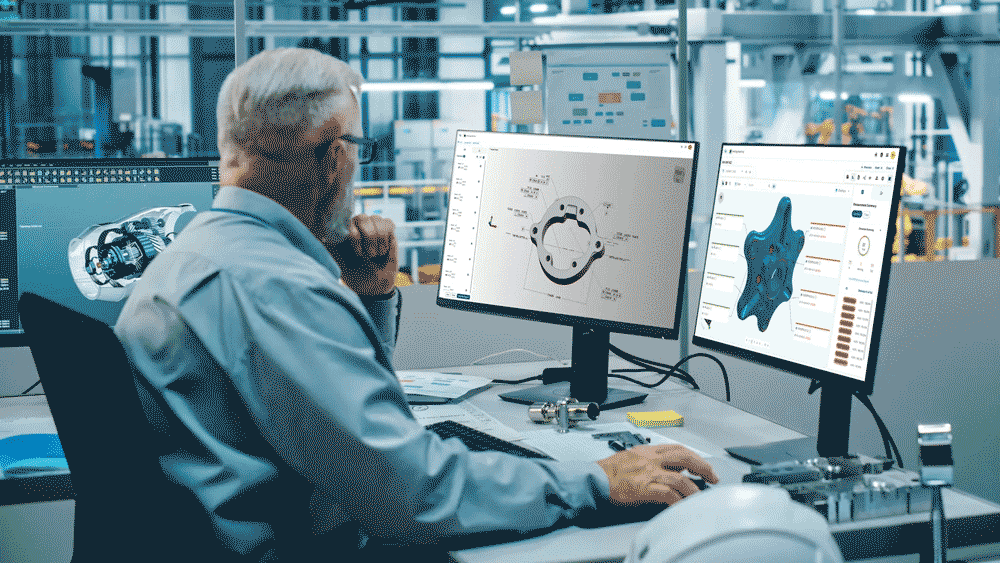Nexus
Uploading something “to the cloud” has become common enough that most people are acutely aware of the storage advantages of cloud services—whether in their personal or professional lives—as well as how they might benefit administrators in any business. What might surprise people is the additional ways in which the cloud offers efficient solutions for the manufacturing industry, both in terms of handling documentation and sharing data. In an interview with Stephen Graham, the executive vice president and general manager of Nexus, Hexagon’s cloud-based platform for digital engineering and manufacturing, Quality Digest further explores this topic.
|
ADVERTISEMENT |
Quality Digest: How does cloud use improve the efficiency of documentation in manufacturing?
…

Add new comment